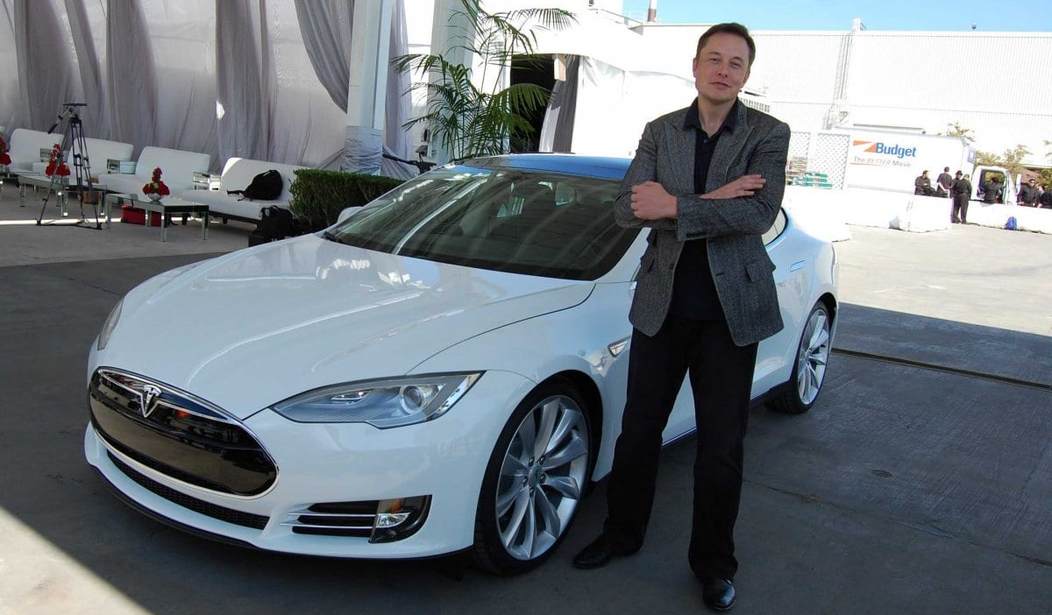
Image cuortesy of teslamotors.com
On July 1, the first known fatality due to computer-assisted driving occurred. This tragic event happened with a Tesla Model S while Tesla’s “Autopilot” was engaged. While that form of autopilot was never designed to be fully autonomous, the safety of self-driving cars will be judged harshly by the public from this incident. Already, many negative articles can be found on the incident by googling the phrase “tesla crash.” The real story here should be about how safe self-driving cars have become.
According to Tesla, Autopilot has been used during 130,000,000 miles of travel before the first fatality occurred. According to National Highway Traffic Safety Administration (NHSTA) data from 2014, a fatality occurred among the general driving populace at approximately every 92,500,000 miles traveled. The early estimate of vehicle fatalities from NHTSA for 2015 is 35,200 deaths. That means on July 1, the date of the Tesla accident, there were approximately 95 other fatalities involving human drivers not using an “Autopilot” engaged vehicle.
While there is an on-going investigation into the Tesla crash by NHTSA, it is too early to pass judgement on the exact cause of the Tesla crash. According to Tesla, the impact occurred on a divided highway, when a semi-tractor trailer crossed the lane of travel of the Tesla Model S. The lack of detection of the tractor trailer is thought to be from intense sunlight preventing both the human driver and “Autopilot” from being able to see/detect the intervening tractor trailer, an error that occurs often with all human driving.
Elon Musk, the CEO of Tesla, once predicted that in the near future having a human driven car would be illegal. There are many reasons why we humans are imperfect at driving road vehicles. First of all, our brains were never designed to operate a two-ton+ box of heavy metal at speeds exceeding 60 miles per hour. At best, humans can run 23.35 miles per hour and that speed has only been obtained by Olympian Usain Bolt. It is a miracle in and of itself that so many humans can operate so many vehicles on crowded highways without more fatalities.
There is reason traffic fatalities are so high with humans, and its more than just our physical limitations. Impairments that face human drivers are alcohol (9967 alcohol related vehicle fatalities in 2014), texting while driving, distracting passengers, daydreaming and even exhausted drivers nodding off. This does not even include dangerous drivers, including road rage, excessive speeding and inexperienced drivers. When you really think about it, a highway full of human drivers should be terrifying.
To be fair, computers and robots are not perfect themselves. One might criticize a self-driving car as it may not function flawlessly. However, this is the same risk as with a human driver. What if a truck driver, driving a fully loaded semi has a heart attack on an interstate at rush hour? Is that not comparable to a computer unexpectedly shutting down? And how is hacking a computer, thereby altering its intended performance, any different from someone having his brain hijacked by six beers before getting behind the wheel.
The truth is, there is no surefire way of eliminating the risk of traffic fatalities. We take risks every day when we step outside the front door and head to work. What we can do is allow technology to advance, rather than prohibit it at the first sign of potential error. We do not have many options to improve humans as drivers, but we have many options to make cars better drivers than ourselves.










Join the conversation as a VIP Member